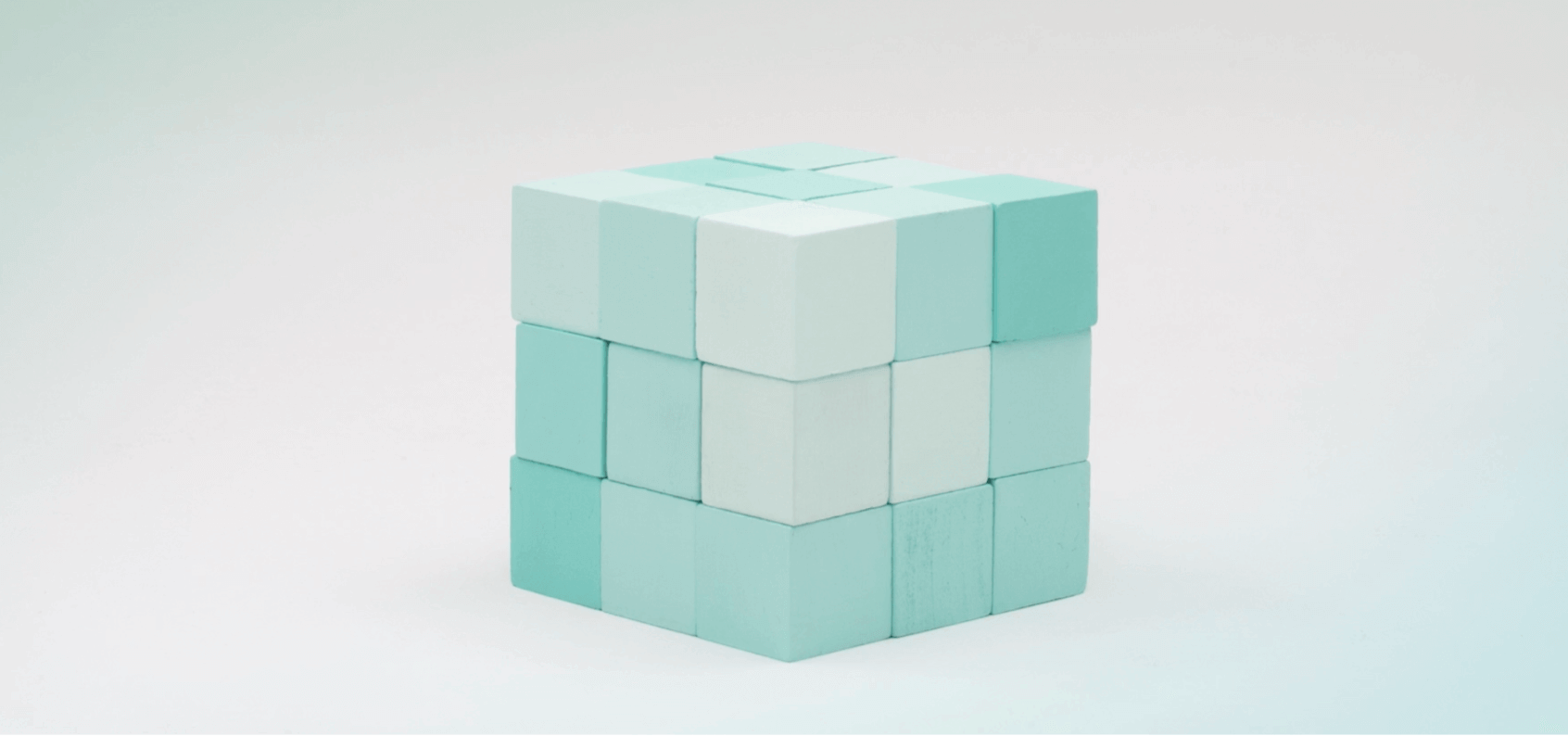Key takeaways
- While a precise assessment can be difficult due to a buoyant secondary market, the total market value for luxury jewelry transactions is estimated to be $23.2 billion in 2021, with a strong post-pandemic rebound.
- Diamonds are the most well-known asset, and the one that is most commoditized.
- While Yieldstreet has long been active in the art space, and is about to launch its fourth Art Equity Fund, it has not entered the luxury jewelry sector.
While luxury jewelry brands are globally well-known, their products have seldom been on investor radars as an asset class, despite being sometimes treated as a rudimentary store of value.
Most investors are, however, familiar with the companies that own these brands. Cartier and Van Cleef and Arpels are part of the Richemont group, a Switzerland-based luxury goods holding company founded in 1988 by Anton Rupert, a South African businessman. Harry Winston belongs to the Swatch Group, a globally-known Swiss watches brand. Tiffany’s brand is owned by LVMH, another very large conglomerate that also includes Louis Vuitton and Moet et Chandon.
Market size
The global trade in luxury jewelry was estimated at ~$23.2 billion in 2021. The market rebounded after the initial pandemic-driven slowdown. Polished diamond prices – for instance – are up between 10 and 30% year-over-year, depending on their degree of purity.
The secondary market for jewelry is mostly in the hands of auction houses. Christie’s and Sotheby’s 2021 sales were close to $1 billion, and that does not account for private sales. That represented a 45% increase year-over-year, according to Yieldstreet’s analysis of Christie’s and Sotheby’s auction results.
In addition, RapNet, the industry’s leading business-to-business diamond and jewelry exchange, saw $7.7 billion in polished diamond and jewelry inventory listed in 2021, its highest ever number.
Risk-return profile
In terms of risk-return profile, luxury jewelry can somewhat be compared to a commodity. While its value tends to be correlated with the commodities that are used to manufacture the jewels – diamonds, platinum, gold, silver – there is also value-add to their design, to the brand. All of these can have different drivers.
Macro risk, for example, increased for all commodities amidst the recent Russian invasion of Ukraine. Among other things, sanctions on Alrosa, a Russian diamond mining company that is also the largest global distributor, may cause diamond prices to increase further as its annual output in excess of 30 million carats – approximately 26% of the global production – is taken off the Western market. Russia has the largest mining production and the largest diamond reserves, the latter estimated at 1.1 billion carats, but crucially, 48% of the demand is coming from the United States.

A more product specific risk associated with jewelry is the potential for fakes to enter the secondary markets, as customer-to-customer trades often happen without the comfort of professional vetting.
Aside from equity, there can be a potentially attractive opportunity in the loan collateral business, which is currently largely in the hands of pawn shops charging extremely high rates. More recently, several firms have entered the sector by competing on rates.
Yieldstreet and passion assets
While Yieldstreet has just entered the luxury goods space, it has gained experience in the art sector. It launched its first art equity fund in 2021, and has just recently opened to its investors Art Equity Fund IV, which includes an iconic work from late New York artist Jean-Michel Basquiat.
Sources:
1. Bain – Altagamma: Luxury Goods Worldwide Market Survey, Fall 2021
2. Statista. The total value of polished diamonds worldwide is currently close to $27 billion
What's Yieldstreet?
Yieldstreet provides access to alternative investments previously reserved only for institutions and the ultra-wealthy. Our mission is to help millions of people generate $3 billion of income outside the traditional public markets by 2025. We are committed to making financial products more inclusive by creating a modern investment portfolio.







